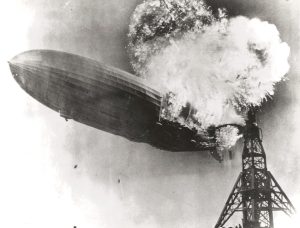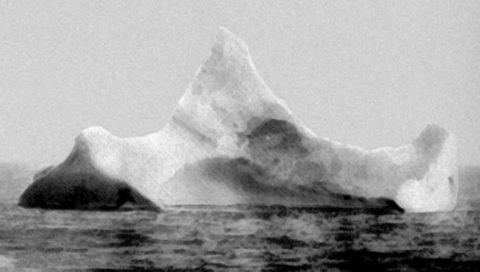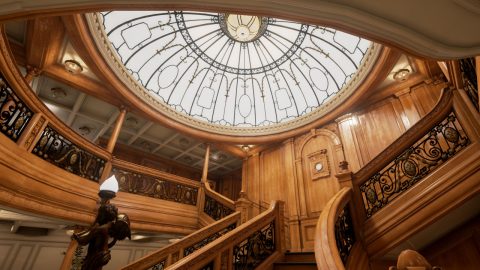
VR for historic events
As interesting as it can be to watch old newsreels, nothing brings the past alive like standing in the middle of it. Even the best Hollywood production doesn’t bring you into the picture. This is where VR shines. Not only can you recreate objects and structures from the past, but you can also then enter that reality at full-scale and experience the awe of looking up or examining the details closeup.
There are many historical VR experiences, including many that are listed on VR Voyaging. Some are more of a pure documentary, while others recreate the event as a first-person experience. I’m definitely more in the camp of first-person interactive portals.
Disaster!
There’s just something about a good disaster to get people excited. Whether it’s breaking new stories or stories of past events, you can find books, videos, and articles digging into every detail from every angle. Collapsing bridges, factory accidents, train derailments, and fires keep folks riveted for years. I think in “recent” history, two huge disasters that are nearly universally known would be the sinking of the RMS Titanic and the fiery crashing of the LZ 29 Hindenburg-class airship (commonly simply known as The Hindenburg). Instead of just watching a video or reading about it, use your headset to step right into the action for a whole new perspective.
Up in Flames
With the Hindenburg, we’ve all seen the famous photo of it burning, or even newsreel video. It’s dramatic and all the more interesting since it was a cross-oceanic German passenger vessel before World War II (1937) having made multiple successful trips previously. Also interesting is that despite the flames and the historical footprint, more people lived than died, likely due to the somewhat slow fall and the structure of the gondola containing the passengers.

The only VR app that I know of relating to the Hindenburg is Hindenburg VR. We gave this app mixed ratings due to its overall quality of graphics, but it’s unquestionably a well-researched comprehensive look at the zeppelin in a way not otherwise possible. You can walk around it from every angle, you can walk around the entire gondola interior (the passenger cabin), you can explore the interior of the rigid balloon (it’s not literally just a sack of hydrogen), and you can watch the final minute of it recreated from the newsreels. Fly it around like an RC toy, then read all the labels, view the blueprints, and listen to the narration. It’s not perfect, but it’s still an excellent historic and educational resource and it’s worth getting.
A fateful night
Unlike the Hindenburg, there are no videos or even photos of the Titanic at the end. There are shots of the launch, and even photos of passengers during the trip, but presumably there was too much chaos for anyone to be thinking of taking pictures once people realized what had happened (or no photos survived). Because of this, recreations of the sinking rely on evidence and simulations based on how the ship was found on the ocean floor along with first-hand descriptions from survivors. The closest photo believed to be related to the accident is one of an iceberg with red paint smeared on it – suggesting it had only happened a few hours ago – taken by another ship.

The biggest effort underway to recreate the Titanic for VR is Titanic: Honor and Glory (THG), by Vintage Digital Revival. Not only will you be able to walk around large areas of the ship, but you can watch the sinking in real-time. Entries from the captain’s log, historic photos, survivor testimony, and items from the ten decks are all part of it. It’s been in progress for several years now and is a labor of love entirely done by volunteers. They’ve released several demos you can download, only one being available in VR. If you’re interested, you can join their Patreon for more updates and first looks. Their demos and videos they’ve released are almost photo-quality so there’s a lot of excitement surrounding its eventual release!

While you wait, you can currently buy Titanic VR on Steam, Meta, and several other platforms. It doesn’t have nearly the scope or graphics quality of the THG work in progress, plus it’s pretty expensive given its mixed reviews on Steam, but it’s available now. I haven’t reviewed it yet so can’t provide any other information on it.
Conclusion
Not all historic events are disasters of course, and history in VR is a subject I’ll revisit again from time to time. Reading about history or watching movies and videos just can’t bring the same feeling as stepping into high quality recreations of the past in VR. I look forward to discussing other experiences in the future!

